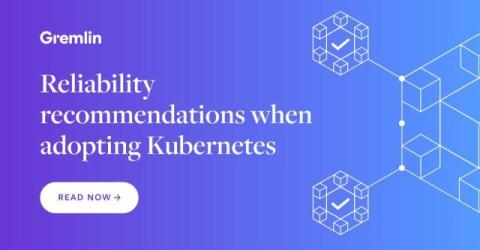Gremlin's 2024 year-end Release Roundup
It’s been a busy year at Gremlin! We released two new experiments, added an entirely new onboarding process and features for AWS users, added a brand new Test Suite and Detected Risks, and made many UI improvements to our web app. We beefed up our agents with more enterprise capabilities, including support for large Kubernetes clusters and systems with over 64 CPUs, improved experiment behaviors, improved dependency detection, and per-team Private Network Integrations.







